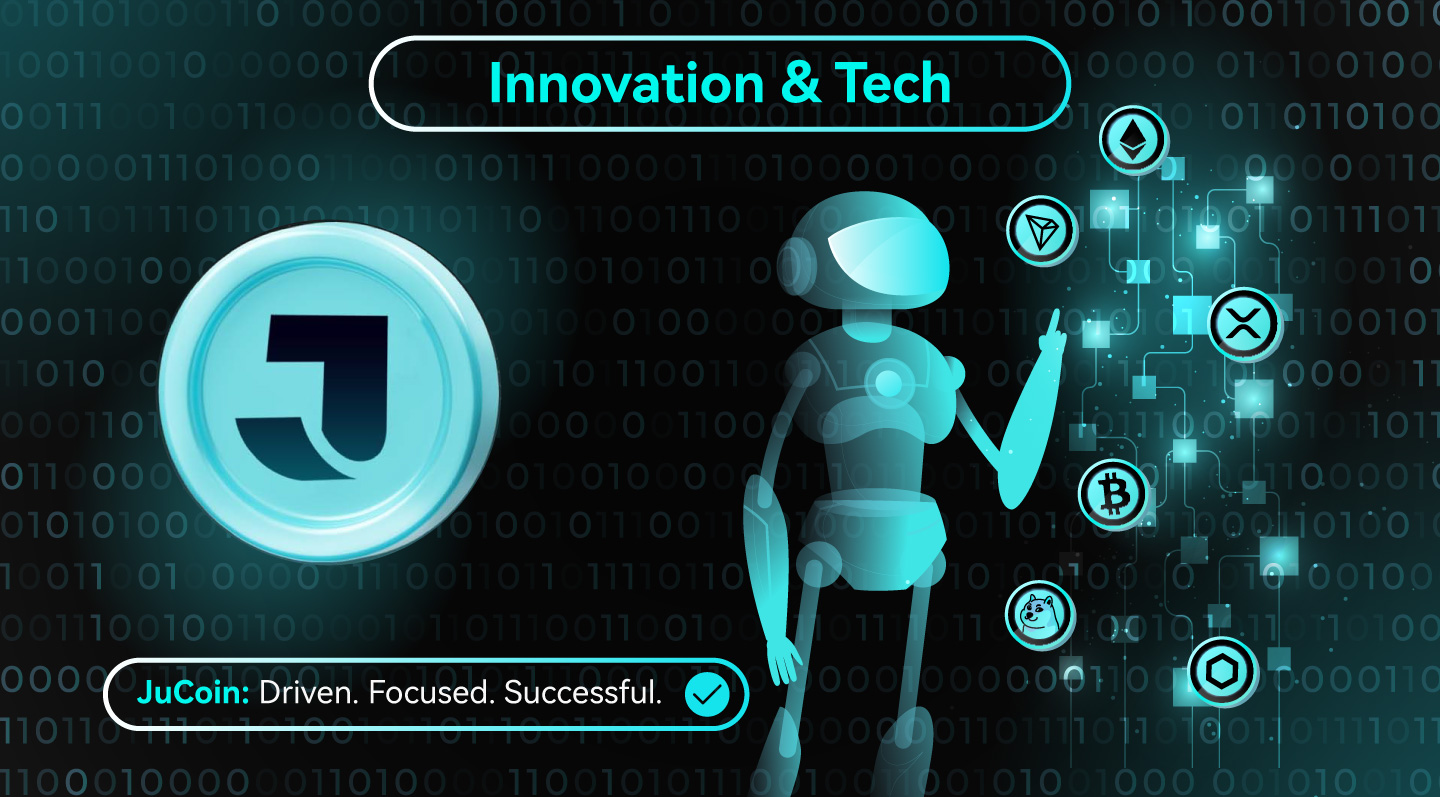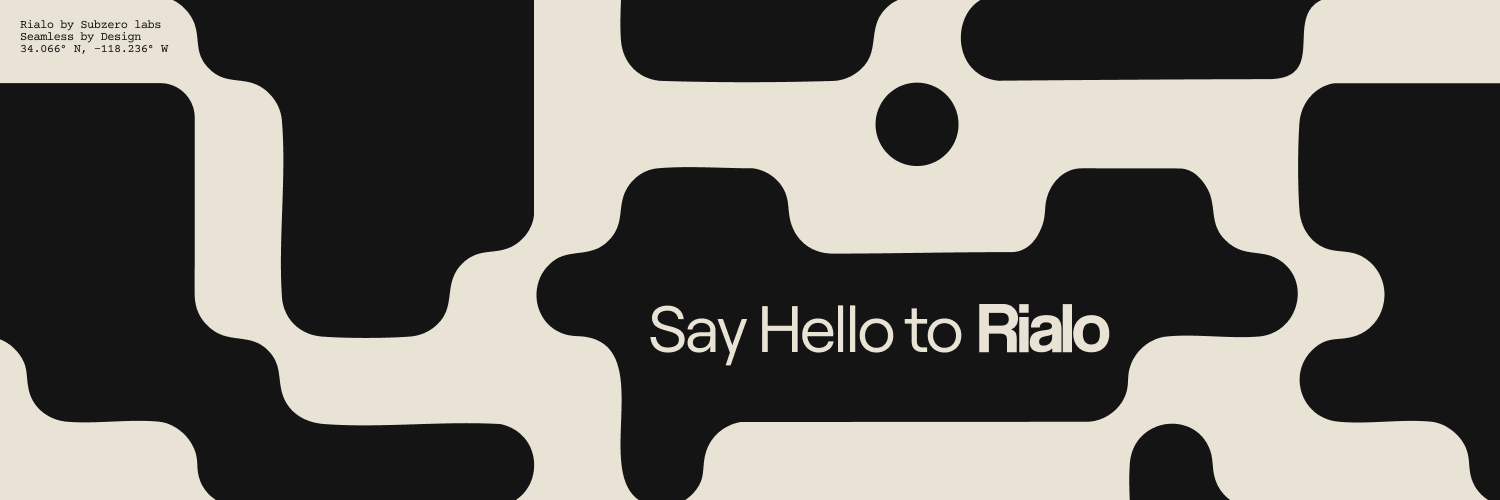
Subzero Labs raised $20 million in seed funding led by Pantera Capital to build Rialo, a revolutionary blockchain network designed to bridge Web2 usability with Web3 capabilities. This Innovation and Tech article explores how Rialo addresses fundamental blockchain infrastructure challenges through native real-world connectivity, event-driven transactions, and seamless developer experiences. Founded by Ade Adepoju and Lu Zhang, early engineers at Mysten Labs who contributed to the Sui network, Rialo represents a radical departure from traditional layer-1 architectures.
Summary: Rialo raised $20M from Pantera Capital, Coinbase Ventures, and Hashed to create the first full-stack blockchain for real-world applications. The network features native web connectivity, event-driven execution, and Web2-style development tools while maintaining decentralization.
What is Rialo Blockchain and Why It Matters
Rialo stands for “Rialo isn’t a layer 1,” emphasizing its unique approach to blockchain architecture. Unlike traditional blockchains that focus primarily on transaction speed, Rialo addresses the fundamental disconnect between blockchain technology and real-world applications that has limited mainstream adoption.
The platform emerged from recognizing a critical gap in current blockchain infrastructure. Without a seamless interface to real‑world data and services, even the fastest blockchains produce apps that feel disconnected, high friction, boring to users, and frustrating for builders. This insight drives Rialo’s core philosophy of making blockchain infrastructure invisible to developers and users alike, as detailed in Fortune’s coverage of the funding announcement.
Key Innovation Areas:
- Native Web Connectivity: Direct integration with existing web services without complex middleware
- Event-Driven Architecture: Automatic transaction execution based on real-world triggers
- Real-World Data Access: Built-in access to credit scores, weather data, and other off-chain information
- Developer-First Design: Familiar Web2 development patterns with Web3 benefits
The network’s approach mirrors successful technology convergences, similar to how smartphones integrated GPS, cameras, and internet connectivity into a single device, enabling entirely new application categories.
How Rialo’s Technical Architecture Works
Native Real-World Integration
Rialo incorporates native web connectivity enabling dApps to communicate with websites and online services directly, eliminating the use of complex user-developed code. This fundamental architectural decision removes the need for traditional oracles and complex API integrations that plague current blockchain development.
The platform’s real-world data access capabilities allow developers to pull information like FICO scores, weather reports, and market data directly into smart contracts without external dependencies. This native integration reduces development complexity and improves application reliability.
Event-Driven Transaction Processing
Event-driven transactions trigger automatically based on external inputs, eliminating the need for clunky middleware. This feature enables developers to create responsive applications that react to real-world events without continuous monitoring or manual intervention.
Event-Driven Use Cases:
- Automatic payment processing when packages are delivered
- Insurance claim triggers based on weather conditions
- Trading algorithm execution on market data changes
- Supply chain updates triggered by IoT sensors
RISC-V and Solana VM Compatibility
Rialo supports RISC-V architecture and Solana VM compatibility, allowing developers to not have to learn new code, tools are reusable as well, and the development is faster. This compatibility layer enables existing Solana developers to port their applications while accessing Rialo’s enhanced feature set.
The RISC-V architecture provides flexibility for complex computations and custom logic implementation, while Solana VM compatibility ensures a familiar development environment for the existing ecosystem of builders.
Subzero Labs Team and Funding Details
Leadership and Technical Expertise
Zhang built Diem, Meta’s crypto initiative, and large-scale AI/ML infrastructure at Meta and Google, while Adepoju developed distributed systems at Netflix and advanced microchips at AMD. Their combined experience in both Web2 infrastructure scaling and blockchain protocol development provides unique insights into bridging these technologies.
The Subzero Labs team has attracted top talent from Meta, Apple, Amazon, Netflix, Google, TikTok, Citadel, VMware, Solana, EigenLayer, Polkadot, Coinbase, NEAR Protocol, and other industry-leading organizations. This diverse background spanning traditional tech giants and leading crypto protocols positions the team to execute on their ambitious vision.
Investment Round and Backing
The $20 million seed round was led by Pantera Capital, with participation from Variant, Coinbase Ventures, Hashed, Susquehanna Crypto, Mysten Labs, Fabric Ventures, Flowdesk, Mirana Ventures, and more, according to DL News reporting on the emergence from stealth. The investor lineup represents both traditional crypto venture capital and institutional trading firms, indicating broad confidence in Rialo’s approach.
Investor Testimonials:
“Rialo is the only full stack network for real world applications – built by leading industry developers for developers,” said Paul Veradittakit, Managing Partner of Pantera Capital.
“What stood out to us was how Rialo makes off-chain interaction feel native — not bolted on,” said Baek Kim, General Partner of Hashed.
Developer Experience and Platform Benefits
Simplified Development Workflow
Traditional blockchain development requires extensive integration work with oracles, bridges, indexers, and various middleware services. “Instead of shipping innovative products, too many brilliant teams are burning their runway gluing various pieces of poorly designed infrastructure together,” said Ade Adepoju, Co-Founder of Subzero Labs.
Rialo addresses this by consolidating essential infrastructure components into the core protocol. Developers can focus on application logic rather than managing complex integrations, potentially reducing development cycles by months according to early testing.
Privacy and Security Features
There are privacy features on Rialo addressing one of the biggest concerns of blockchain users when sensitive information is dealt by dApps. The platform implements systems to secure user information while maintaining the transparency benefits of blockchain technology.
This privacy-first approach enables applications in regulated industries like healthcare and finance, where data protection requirements often prevent blockchain adoption.
Target Industries and Use Cases
Rialo actively supports real-world use cases and is designed to serve industries like finance, healthcare, and logistics. The platform’s architecture enables applications that were previously impractical on traditional blockchains.
Application Categories:
- Tokenized Assets: Real estate, commodities, and private equity tokens
- Prediction Markets: Event-driven outcome resolution
- Global Trading Platforms: Cross-border payment and settlement systems
- AI Agent Orchestration: Automated service coordination
- Supply Chain Management: IoT-integrated tracking and verification
Market Analysis and Competitive Positioning
Addressing the Developer Retention Crisis
Subzero Labs is betting that its newly-funded network Rialo, with its native event triggers and Web2-like reactivity, can reverse developer exodus from crypto, as analyzed in Crypto News coverage of the project’s Web2 approach. The platform targets a fundamental issue where developers abandon blockchain projects due to infrastructure complexity and poor user experiences.
Current blockchain platforms often require developers to maintain expensive indexing infrastructure, manage oracle feeds, and handle cross-chain bridge integrations. These requirements create high operational costs and technical complexity that many teams cannot sustain.
Differentiation from Layer-1 Networks
Unlike most blockchain projects that focus on transaction throughput metrics, Rialo emphasizes practical developer tools and real-world integration. Unlike most layer-1 projects focused on throughput, Rialo emphasizes seamless real-world integration, offering built-in event-driven transactions and native web connectivity.
This approach addresses the gap between raw performance metrics and actual application utility, positioning Rialo as infrastructure for production-ready applications rather than experimental protocols.
Investment Thesis and Market Opportunity
“We are excited about the opportunity that comes with the growing range of real world assets,” said Bart Smith, Global Head of Digital Asset Strategy at Susquehanna International Group (SIG). The growing tokenization of real-world assets represents a multi-trillion dollar market opportunity that requires robust infrastructure platforms.
Traditional financial institutions and enterprises increasingly seek blockchain solutions that integrate seamlessly with existing systems while providing verifiable, programmable asset management capabilities.
Current Development Status and Roadmap
Private DevNet Launch
Rialo private devnet is now live. Subzero is currently onboarding early development partners. The platform has moved from conceptual development to active testing with selected developers, indicating significant technical progress.
Early development partners can test the platform’s core features including event-driven execution, native web integrations, and real-world data access capabilities. This testing phase allows Subzero Labs to refine the developer experience before broader public availability.
Public Launch Timeline
Developers interested in testing Rialo ahead of its public launch can join the waitlist. While specific launch dates remain unannounced, the company is actively preparing for broader availability following successful private testing.
The staged rollout approach allows for comprehensive testing and feedback integration before handling larger developer communities and production workloads.
FAQ: Understanding Rialo Blockchain
What makes Rialo different from other blockchains? Rialo integrates real-world connectivity directly into its core architecture, enabling native web API calls, event-driven transactions, and seamless off-chain data access without external dependencies.
Who are the founders of Rialo? Ade Adepoju and Lu Zhang, early engineers at Mysten Labs who contributed to the Sui network, founded Subzero Labs to build Rialo.
How much funding has Rialo raised? Subzero Labs raised $20 million in seed funding led by Pantera Capital with participation from major crypto investors.
What programming languages does Rialo support? Rialo supports RISC-V architecture and Solana VM compatibility, allowing developers to use existing code and tools.
When will Rialo be publicly available? The private devnet is currently live with early development partners, while public availability timeline has not been specifically announced.
What industries can benefit from Rialo? Rialo is designed to serve industries like finance, healthcare, and logistics through its real-world integration capabilities.
Does Rialo have a native token? While the platform development is funded through equity and token warrants, specific tokenomics and public token availability have not been announced.
How does Rialo handle privacy? The platform implements privacy features to secure sensitive information while maintaining blockchain transparency benefits for applicable use cases.
Key Takeaways
- Revolutionary Architecture: Rialo represents a fundamental rethinking of blockchain infrastructure with native real-world connectivity and event-driven execution
- Strong Backing: $20M seed funding from Pantera Capital and leading crypto investors validates the platform’s potential market impact
- Developer-First Approach: Focus on eliminating infrastructure complexity could reverse the trend of developers abandoning blockchain projects
- Real-World Applications: Native integration capabilities enable previously impractical use cases in finance, healthcare, and enterprise applications
- Technical Innovation: RISC-V architecture combined with Solana VM compatibility provides flexibility while maintaining familiar development environments
Rialo’s success will largely depend on its ability to deliver on the promise of seamless Web2-Web3 integration while maintaining the security and decentralization benefits that make blockchain technology valuable. With experienced leadership and substantial funding, the platform is positioned to address fundamental barriers that have limited blockchain adoption in real-world applications.






